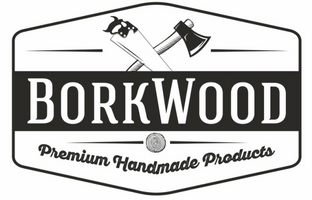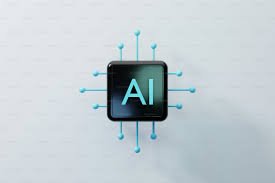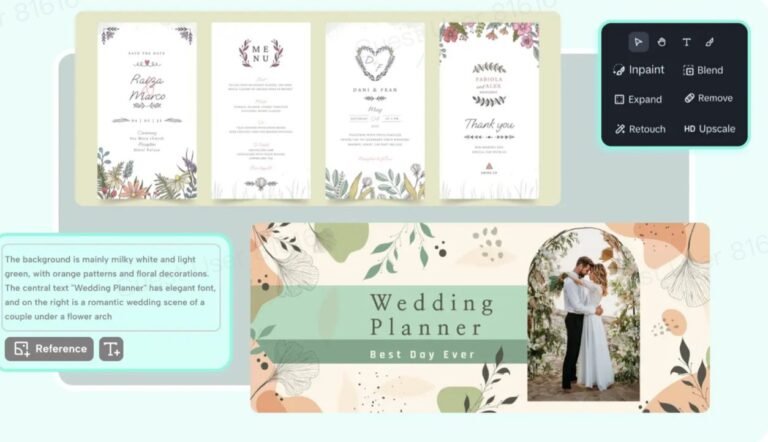The Future of Content Creation: How AI Video Dubbing is Revolutionizing the Industry
In the rapidly evolving landscape of digital content creation, innovation is key to staying relevant and engaging. One of the most transformative advancements in recent years is the advent of AI video dubbing. This technology is not only enhancing the quality of content but also expanding its reach to global audiences. In this article, we will explore how AI video dubbing is revolutionizing the content creation industry and what this means for the future. Captions
Understanding AI Video Dubbing
AI video dubbing involves the use of artificial intelligence to automatically translate and synchronize audio in one language into another. Unlike traditional dubbing, which requires a significant amount of time and resources, AI video dubbing can perform this task quickly and efficiently. This technology utilizes machine learning algorithms and natural language processing to accurately replicate the original tone, inflection, and emotion of the speaker, ensuring a seamless and natural viewing experience.
The Benefits of AI Video Dubbing
1. Cost-Effective Production
Traditional dubbing requires hiring voice actors, sound engineers, and translation experts, making it a costly and time-consuming process. AI video dubbing significantly reduces these costs by automating the translation and dubbing process. Content creators can now produce multilingual videos without the need for extensive human resources, making high-quality dubbing accessible to smaller creators and businesses.
2. Faster Turnaround Time
AI video dubbing can produce dubbed content in a fraction of the time it takes to complete traditional dubbing. This rapid turnaround is particularly beneficial for news organizations, social media influencers, and other content creators who need to release timely and relevant content quickly.
3. Consistency and Accuracy
Human error is an inherent risk in traditional dubbing, potentially leading to inconsistencies and inaccuracies in the final product. AI video dubbing minimizes these risks by using advanced algorithms to ensure consistent and accurate translations. The AI systems can be trained to recognize and replicate the nuances of different languages, providing a high level of precision.
4. Enhanced Accessibility
One of the most significant advantages of AI video dubbing is its ability to make content accessible to a global audience. By providing translations in multiple languages, creators can reach viewers who might not have understood the original language. This expanded reach can lead to increased viewership and engagement, opening up new markets and opportunities for content creators.
AI Video Dubbing Tool
To harness the full potential of this technology, many content creators are turning to advanced tools designed specifically for AI video dubbing. One such tool is the AI video dubbing solution, which simplifies the process of creating high-quality dubbed videos. This tool offers several features that make it indispensable for modern content creators.
- Automated Translation and Dubbing: The tool uses state-of-the-art AI to automatically translate and dub videos, ensuring accuracy and natural-sounding results.
- User-Friendly Interface: Its intuitive interface allows users to easily upload their videos, select target languages, and generate dubbed versions with minimal effort.
- High-Quality Output: The AI video dubbing tool ensures that the dubbed audio matches the original in terms of tone, inflection, and timing, providing a seamless viewing experience.
- Scalability: Whether you need to dub a single video or an entire library, the tool can handle projects of any size, making it suitable for both individual creators and large organizations.
Applications of AI Video Dubbing
1. Entertainment Industry
The entertainment industry has been one of the earliest adopters of AI video dubbing. Movies, TV shows, and web series are now being dubbed into multiple languages, allowing for a wider international release. Streaming platforms like Netflix and Amazon Prime are utilizing AI dubbing to offer their content in various languages, making it more accessible to global audiences.
2. E-Learning and Education
E-learning platforms are leveraging AI video dubbing to provide educational content in multiple languages. This not only enhances the learning experience for non-native speakers but also makes educational resources accessible to a broader audience. AI video dubbing ensures that students from different linguistic backgrounds can benefit from the same high-quality content.
3. Corporate Training and Communication
Businesses are using AI video dubbing for training videos and corporate communication. Multinational companies can now create training materials that are easily understandable by employees in different countries. This improves communication and ensures that all employees receive the same information, regardless of their language.
4. Social Media and Influencer Content
Social media influencers and content creators are using AI video dubbing to expand their reach. By dubbing their videos into multiple languages, they can engage with a more diverse audience and increase their follower base. This is particularly useful for creators who produce tutorials, reviews, and other informative content.
The Future of AI Video Dubbing
The future of AI video dubbing looks promising, with continuous advancements in technology expected to further revolutionize the industry. Here are some trends to watch for:
1. Improved AI Algorithms
As AI algorithms become more sophisticated, the accuracy and quality of video dubbing will continue to improve. Future AI systems will be able to better understand context, tone, and cultural nuances, resulting in even more natural and seamless dubbing.
2. Real-Time Dubbing
One of the most exciting prospects for AI video dubbing is the potential for real-time translation and dubbing. This would enable live broadcasts and streaming content to be dubbed into multiple languages in real-time, providing an immersive and inclusive experience for viewers around the world.
3. Integration with Other AI Technologies
AI video dubbing is likely to be integrated with other AI technologies, such as voice recognition and sentiment analysis. This integration will enhance the overall quality of dubbed content and enable more personalized and context-aware translations.
4. Wider Adoption Across Industries
As the technology becomes more accessible and cost-effective, a wider range of industries will adopt AI video dubbing. From marketing and advertising to customer support and public relations, AI video dubbing will become a standard tool for global communication.
Conclusion
AI video dubbing is undoubtedly revolutionizing the content creation industry. By offering cost-effective, accurate, and accessible dubbing solutions, it is enabling content creators to reach and engage with a global audience. As the technology continues to advance, we can expect even more innovative applications and improvements in the quality of dubbed content.
The future of content creation is here, and AI video dubbing is at the forefront of this exciting transformation. Embrace this technology and unlock new opportunities for your content to shine on the global stage. To get more tech-related content please visit BorkWood Blog.







